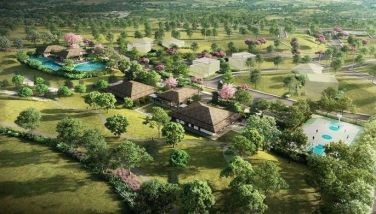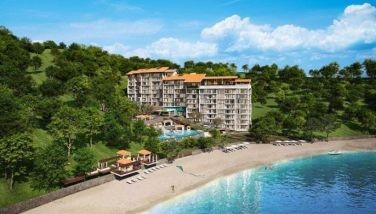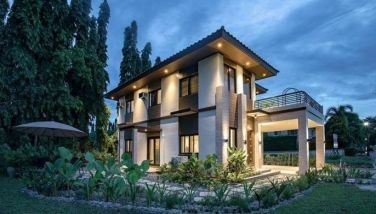SM City North EDSA: Pioneering the transformation of the country’s retail landscape
MANILA, Philippines - SM City North EDSA, one of the most iconic shopping malls in the country, has been an epitome of how SM malls have transformed to meet the shifting needs and demands of consumers in a dynamic Philippine retail environment.
From a footprint of only 125,000 square meters on opening in 1985, SM’s very first mall has grown in size to almost 498,000 square meters, housing more stores, concepts and ideas in keeping with today’s consumer trends and preferences.
Speaking before SM’s retail partners during the 30th anniversary of SM Supermalls last October, SM Prime Holdings president Hans T. Sy said the retail landscape over the past 30 years “has become more global and competitive where technology has forever changed the way we live and do things.”
Opened in November 1985, SM City North EDSA is SM founder Henry Sy’s first shopping mall and now the largest in the Philippines.
“Ever the visionary, my father thought of building malls when he saw the shopping center development in the US during his business trips abroad in the 1950s and 1960s. That was the time when ‘burbs’ or suburbs were being built in the outskirts of big cities with a shopping mall as the center. He saw this development from the east to the west coast and knew this would happen in the Philippines,” Sy said.
SM North EDSA was completed amid one of the most turbulent times in Philippine history. Sy said when his father started building SM City North EDSA in 1983, people thought it was a crazy idea as it happened during a political crisis where interest rates rocketed to as high as 45 percent. More so, the location of the mall was right smack in the middle of a marshland on North EDSA.
“They said that SM City would not succeed, but the mall was an instant success. And the rest they say is history,” Sy told retail partners.
Proof of its impact, the value of property in the area showed exceptional growth. Data from the Bureau of Internal Revenue show that from an initial zonal value of P2,500 per square meter in 1990, land values around the mall soared to P40,000 per sqm in 2000. It also opened employment opportunities, both direct and indirect, generating approximately over 6,000 jobs from SM, its agencies and tenants. Since its opening, it has consistently been one of the top tax payers in the Quezon City.
Through its energy conservation efforts, SM currently is the selected location for the 1.5 megawatts of solar energy through its 5,760 solar panels which offset 1,200 CO2 which is equivalent to planting 6,000 trees a year. The mall also uses LEDs for lighting.
Along with other SM malls, it also implements a water conservation program which recycles about 30 percent of total consumed water. The recycled water is used for the malls’ cooling towers, toilet flushing and grounds keeping.
From its original shoe-box design, SM City North EDSA evolved to become the country’s largest mall that draws an average foot traffic of 420,000 shoppers a day.
Through the years, the mall has gone through several redevelopments which began with the Car Park Plaza in 1988, the SM Annex in 1989, the Block in 2006, The Annex and Interior Zone in 2008, the Sky Garden in 2009 and The Northlink in 2010.
Complementing these developments, SM built new spaces for various concepts such as for business process outsourcing (BPO) companies and other private offices. One is The North Link, a six-story building and The SM Cyber West Avenue, a 15-story building which will be linked via bridge way to the SM City North EDSA mall and the nearby MRT station. Complementing the integrated approach is Grass Residences, a five-tower residential condominium building which stands on a five-hectare property within the SM City North EDSA Complex.
Even today, Sy said that SM City North EDSA will continue to grow “like a vibrant city as it adds more office spaces and a hospitality complex, a unique combination of high end retail, dining and green spaces, highlighted by a series of five cascading office towers connected by pedestrian sky bridges.
- Latest





























